Apple suppliers and retailers have been hit by a sharp increase in rotten apples, as a result of last year’s unusually wet growing season.
Suppliers are reporting roughly 10% more cases of rotting, with “mouldy core” - an internal dry rot where the apple looks perfect on the outside but is rotten at the centre - a particular problem.
Mouldy core had become more common following last year’s extraordinarily wet weather, said Nigel Jenner, technical director at fruit marketer Norman Collett. The rot typically affected branches but spores could be washed down to apples by rain and collect in the apple eye around the stem - especially in varieties that had deep, conical eyes, he added.
As well as last year’s downpours, growers had to make greater use of a fungicide that can cause apples to form deeper conical eyes, making them more susceptible to rot, Jenner said. “It’s just been a very difficult combination of factors. Normally, rotting doesn’t cause much of an issue, but this year we’re probably seeing about 10% more.”
To keep problems with rotten fruit in supermarkets to a minimum, Jenner said Norman Collett had stepped up monitoring efforts and was advising retailers to move apples from cold stores to shelves as quickly as possible. Rot is kept at bay during cold storage, but can flare up if apples are left in ambient environments for a long time.
One retail source said moving apples swiftly on to shelves had kept down the number of rotten apples reaching consumers. “We were expecting the worst, so have micro-managed our supply making sure a minimal number of coldstores of each variety were open at the same time, which meant the fruit moved through the chain faster and the mould did not have time to grow on the apple.”
Close menu
- Home
- Retail & Wholesale
-
Products & Suppliers
- Back to parent navigation item
- Products & Suppliers
-
Product Categories:
- Back to parent navigation item
- Product Categories:
- Alcoholic drinks
- Bakery
- Cereals & breakfast
- Cheese
- Chicken & poultry
- Chocolate
- Confectionery
- Crisps, nuts & snacks
- Dairy
- Fish
- Fresh produce
- Frozen
- Household
- Meat
- Own Label
- Sauces & condiments
- Seasonal
- Soft drinks
- Vaping
- Vegan & plant-based
- World foods
- Suppliers
- People
- Reports & Data
-
Topics A-Z
- Back to parent navigation item
- Topics A-Z
-
Popular topics:
- Back to parent navigation item
- Popular topics:
- Cost of living crisis
- Crime
- Deposit Return Schemes
- Finance
- Government & Regulation
- Health
- Inflation
- Loyalty
- Marketing
- Mergers & Acquisitions
- New Product Development
- Sourcing
- Supply chain
- Sustainability & environment
- Technology
- Ultra Processed Foods
- Vaping
- A-Z all topics
- Content by type:
- Events
- Subscribe now
Suppliers warn of apple rot levels soaring after last season's record rainfall
By Julia Glotz2013-04-13T00:00:00+01:00
Sign in to comment on this article
Not logged in before? Register for FREE guest access today.
You will be able to:
- Read more stories
- Receive daily newsletters
- Comment on stories
Advert
Related articles
-

-
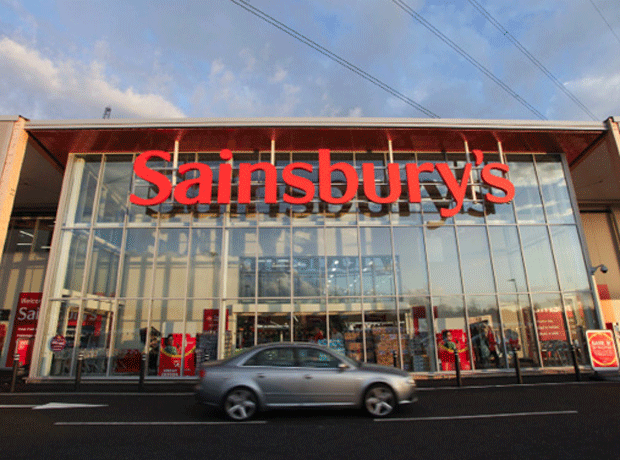
-

-
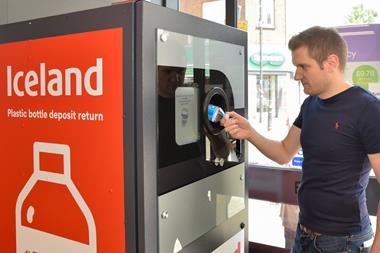
-

How UK retail will meet the demands of the informed customer
This content is provided by GS1 UK
-
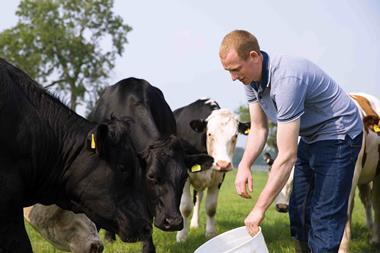


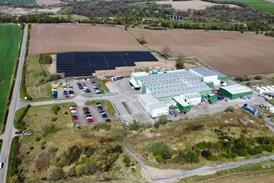

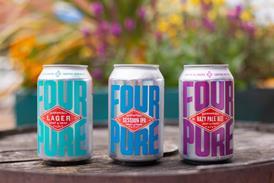



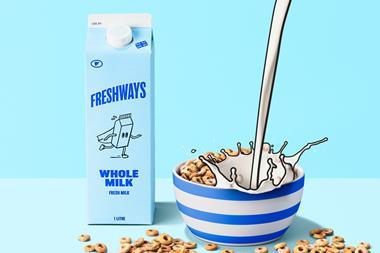




No comments yet